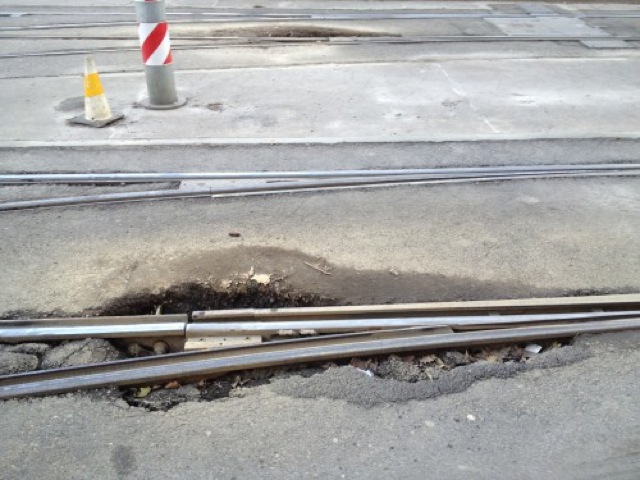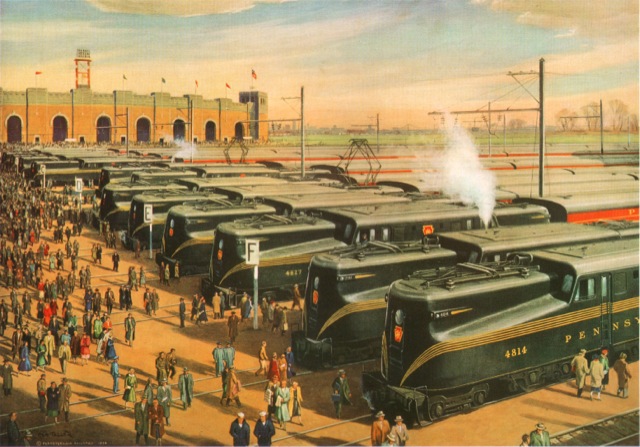The Oregonian was writing metaphorically when it reported last Tuesday that Portland’s low-capacity trains were “knocked off track by expensive, deferred maintenance.” By Friday, it was no longer a metaphor, as a light-rail car derailed near downtown, shutting down much of the system for several hours.
Transit commuters complained that they were given no information about the shutdown and many waited in increasing frustration as stations became more and more crowded. To make matters worse, the elevator at the Hollywood station, about one station away from the derailment, stopped working as well.
As a “thank you for your patience,” TriMet has announced all rides on its low-capacity trains will be free today.









